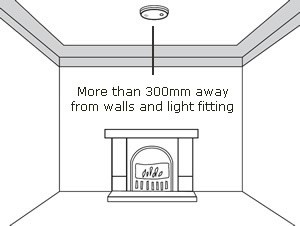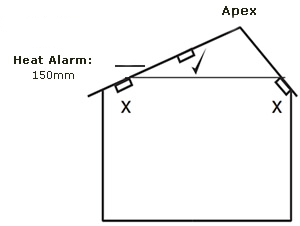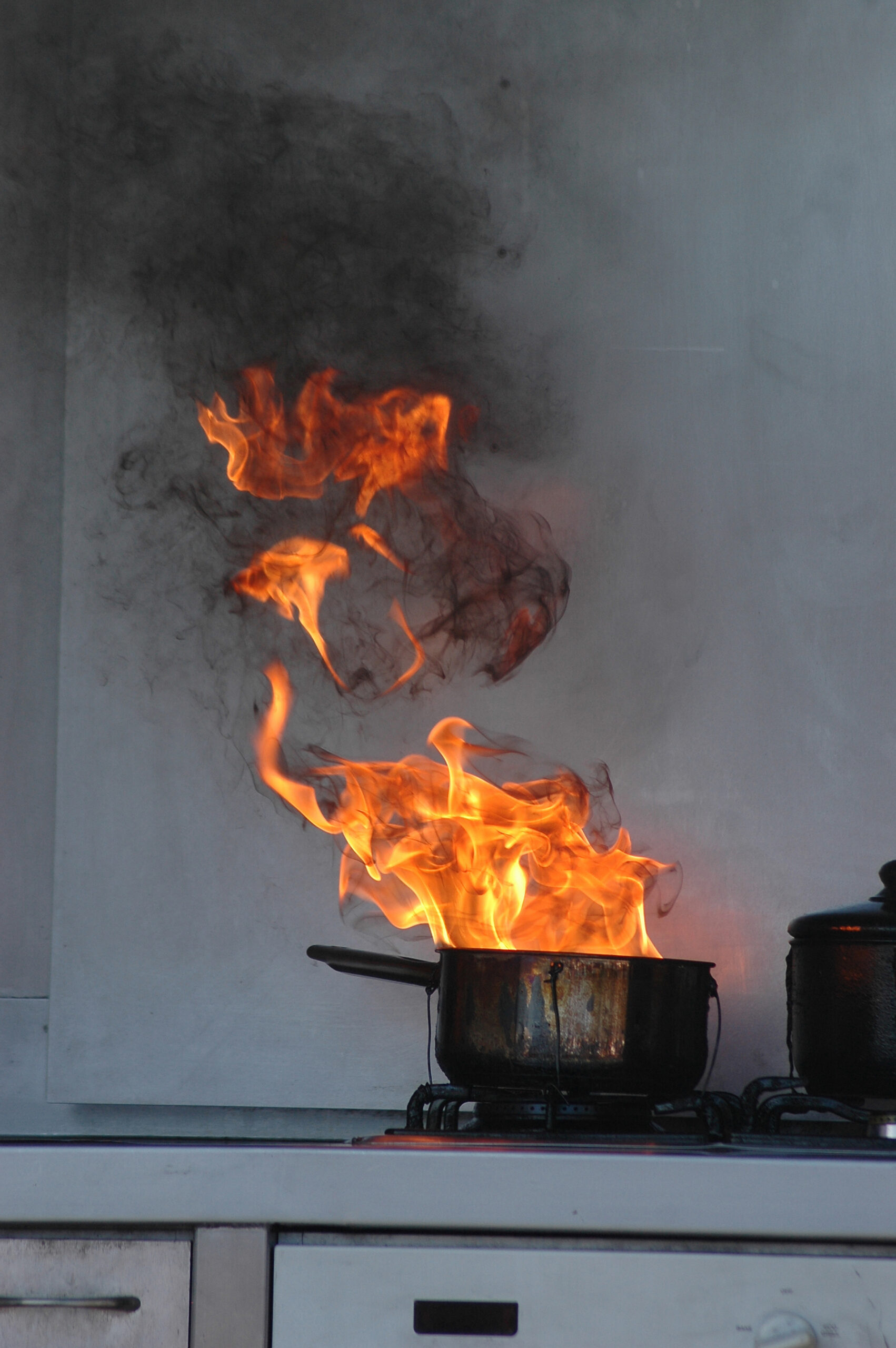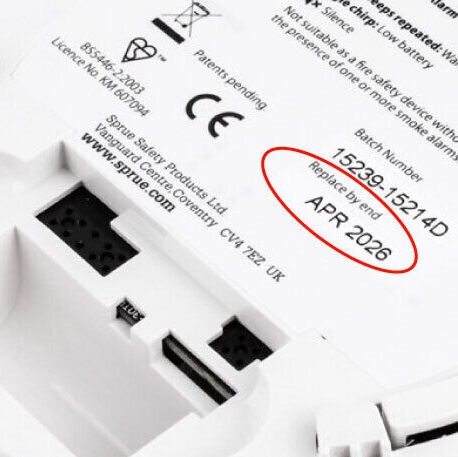Tuesday 14th May 2024
Kitchens produce great amounts of steam and smoke when cooking which may set off smoke alarms, therefore heat alarms are advised instead. The majority of fires in the home are started in the kitchen, making fires in houses without heat alarms go undetected for a much longer period. You miss out on the ability to detect rises in temperature and the sound of an alarm to alert you of a fire.
What does a heat alarm do?
A heat alarm is a type of fire alarm that detects a rapid rise in temperature, rather than the presence of smoke. Heat alarms contain a thermistor that is set to respond to temperatures above 58°C. When heat enters the sensor chamber in the alarm, it triggers the heat alarm to sound, alerting occupants of a fire. A heat alarm serves as a key component in fire safety systems. By alerting occupants to dangerous temperature increases, heat alarms help to reduce the risk of fire-related injuries and property damage, allowing for swift evacuation and intervention measures.
What is the difference between heat alarms and smoke alarms?
Heat alarms and smoke alarms work together to provide the best fire detection system in homes. While smoke alarms are designed to detect the presence of smoke, heat alarms are specifically engineered to respond to rises in temperature. The difference in detection makes heat alarms advantageous in environments prone to smoke exposure, such as kitchens and garages. Unlike smoke alarms, which may sound an alarm in response to smoke from cooking or other non-fire-related sources, heat alarms remain unaffected, reducing the likelihood of false alarms. Smoke alarms (optical alarms) are ideally suited to hallways, landings, living areas and bedrooms where false alarms are unlikely.
Where should I put a heat alarm?
Heat alarms should be installed in places where smoke alarms would be prone to false alarms, such as kitchens and garages. Smoke alarms would detect smoke from cooking in the kitchen and exhaust fumes in the garage, therefore it is wise to have a heat alarm in these areas instead.
Heat alarms will have positioning instructions within the supplied user manual, but ideally should be installed in the centre of the ceiling. It’s recommended to position the heat alarm at least 300mm away from walls and light fittings/decorative objects. This is because air does not circulate effectively in corners, and objects like light fittings can obstruct heat from entering the heat alarm’s sensor chamber.

On a sloped ceiling, the position of a heat alarm should be measured vertically from the peak, and can be installed within 150mm of it. It’s still important to position the detector as central to the ceiling as possible.

Are heat alarms a legal requirement?
In Scotland, all domestic premises are now required by law to have a heat alarm in the kitchen. For the rest of the UK, legal requirements regarding heat alarms vary depending on the type of property and its specific circumstances.
If your home had heat alarms fitted when you moved in or they’re required by building regulations to be fitted as part as an extension or renovation, then you must have heat alarms. Regardless of the law, fitting a heat alarm in the kitchen allows you to have the best level of protection for you and your family in the event of a fire.
All information correct at time of posting.



